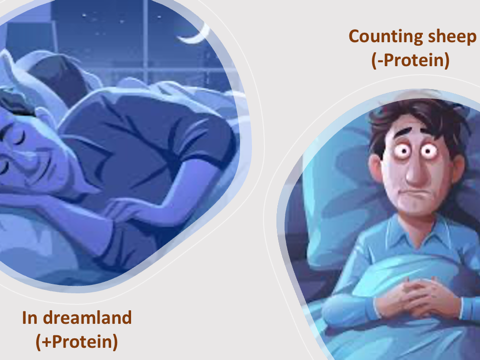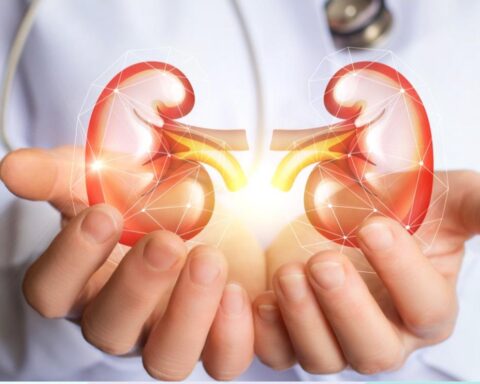Breast cancer is the second most common cancer among women. However, some lifestyle recommendations, such as quitting smoking, limiting alcohol, and following a nutritious diet, may help reduce your risk of the disease.
Currently, there’s no way to prevent breast cancer. However, there are several proven risk factors, including factors such as weight and physical activity level, that you can control. This means that it’s possible to reduce your risk of breast cancer through lifestyle changes.
Join our WhatsApp Channel1. Stay physically active
Physical activity has been shown to help reduce the risk of breast cancer. It plays a part in maintaining a healthy weight. Again, it can strengthen your muscles and heart for an overall boost to your health.
Healthy adults are advised to schedule 150 minutes of moderate aerobic activity or 75 minutes of vigorous aerobic activity weekly.
Meanwhile, you don’t have to jump into long fitness sessions right away, rather you can start small and work up to longer and more intense activities. Oftentimes, simple exercises such as night walks can help you begin to build healthy fitness habits.
2. Maintain a healthy weight
Obesity and excess weight are risk factors for breast cancer. It has been proven that obesity not only increases risk but can also worsen outcomes for people who have already been diagnosed.
Achieving or maintaining a healthy weight is the best way to reduce the risks. However, many people can reach weight loss goals by getting regular exercise and following a healthy diet.
3. Follow a nutritious diet
Good nutritious diet can play a good role in helping you maintain a healthy weight. The food you eat can also help reduce your risk of breast cancer. Studies suggest that a diet high in certain foods can be very beneficial. These include: whole grains, nuts, seeds, and other plant-based proteins, high fibre foods, leafy greens, fruits, cauliflower, broccoli, cabbage, and other cruciferous vegetables.
However, certain food is harmful and might increase the risk of breast cancer. This includes: animal fats, red meat, deli and other processed meats.
READ ALSO: Does Breast Cancer Affect Only Women?
4. Quit smoking
Smoking is linked to an increased risk of many types of cancer, including breast cancer, lung cancer. If you smoke, quitting smoking can help you reduce that risk. Though it may not be easy to stop at once, you can start by gradually reducing the intake.
5. Limit alcohol
Alcohol consumption increases the risk of breast cancer though. The risk is higher for people who have between two and three drinks per day than for people who don’t drink.
To reduce your risk of breast cancer, it’s recommended that people have no more than one drink in a single day.
6. Breastfeed if possible
Breastfeeding has a protective effect. Studies have linked breastfeeding to a reduced risk of breast cancer, possibly because it decreases the total number of menstrual cycles.
Breastfeeding isn’t an option for everyone. However, if you’re able to breastfeed, it might reduce your breast cancer risk.
7. Use caution when taking birth control and post-menopausal hormonal replacement therapy
Birth control medication and hormone replacement therapy (HRT) after menopause are common, but they can have risks. Some research links birth control and HRT to an increased risk of breast cancer. However, in many cases, the benefits of birth control or hormone replacement therapy far outweigh the small increase in breast cancer risk.
8. Know your family history
Family history is one of the important factors in breast cancer. It’s helpful to know if anyone in your family has ever had breast cancer or any other type of cancer. This includes parents, siblings, aunts, uncles, cousins, and grandparents.
READ ALSO: Deodorant Causes Breast Cancer: Myth Or Fact?
If breast cancer runs in your family, it’s a good idea to get tested for inherited changes to the BRCA1 and BRCA2 genes. Knowing this information and talking about it with your physician is the first step in making a prevention plan. Your physician can recommend screenings, lifestyle adjustments, and more, to help reduce your risk.
9. Know your risk
Your risk is a combination of risk factors, such as having the BRCA1 and BRCA2 genes, having a family history of breast cancer, having dense breast tissue, and having a previous breast cancer diagnosis.
If your risk is high, you and I will be advised on ways to reduce your risk. This might include medications, increased screenings, preventive breast removal surgery, or ovary removal surgery.
10. Get screened regularly for breast cancer
Following regular screening guidelines is one of the best ways to help reduce your risk of breast cancer. Mammograms can catch abnormalities in breast tissue early and can find cancer before signs and symptoms appear.
READ ALSO: New Cancer Vaccines Raise Hope
Experts recommend that women with a high breast cancer risk talk with their physician often for screening.
Women over 40 should go for annual screening as long as they remain healthy.
Conclusion
Being aware of the symptoms of breast cancer is another important way you can take control of your risk of breast cancer. By knowing the symptoms, you can monitor yourself at home and report any changes to your physician. This can help detect cancer in its early stages.
















